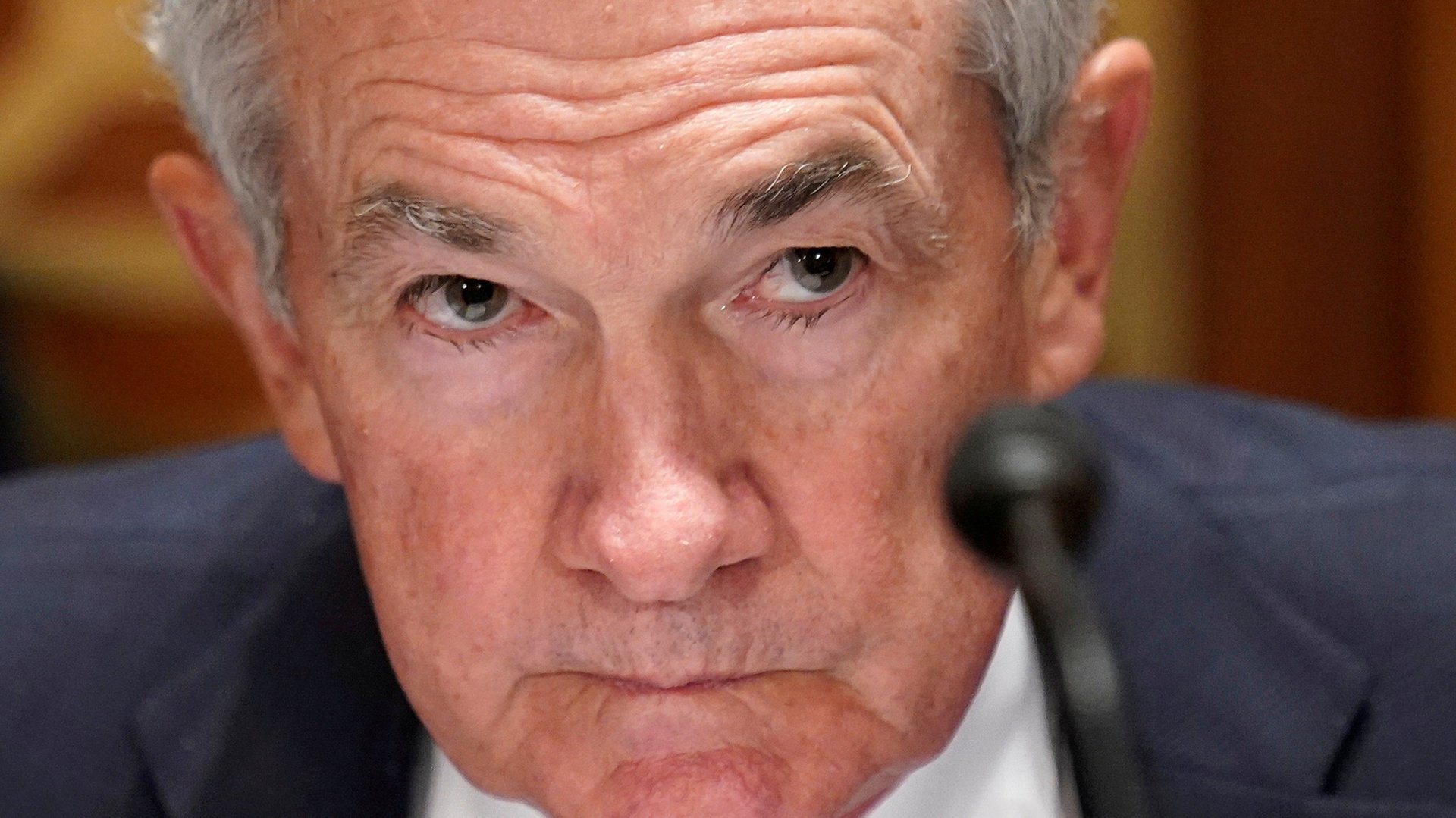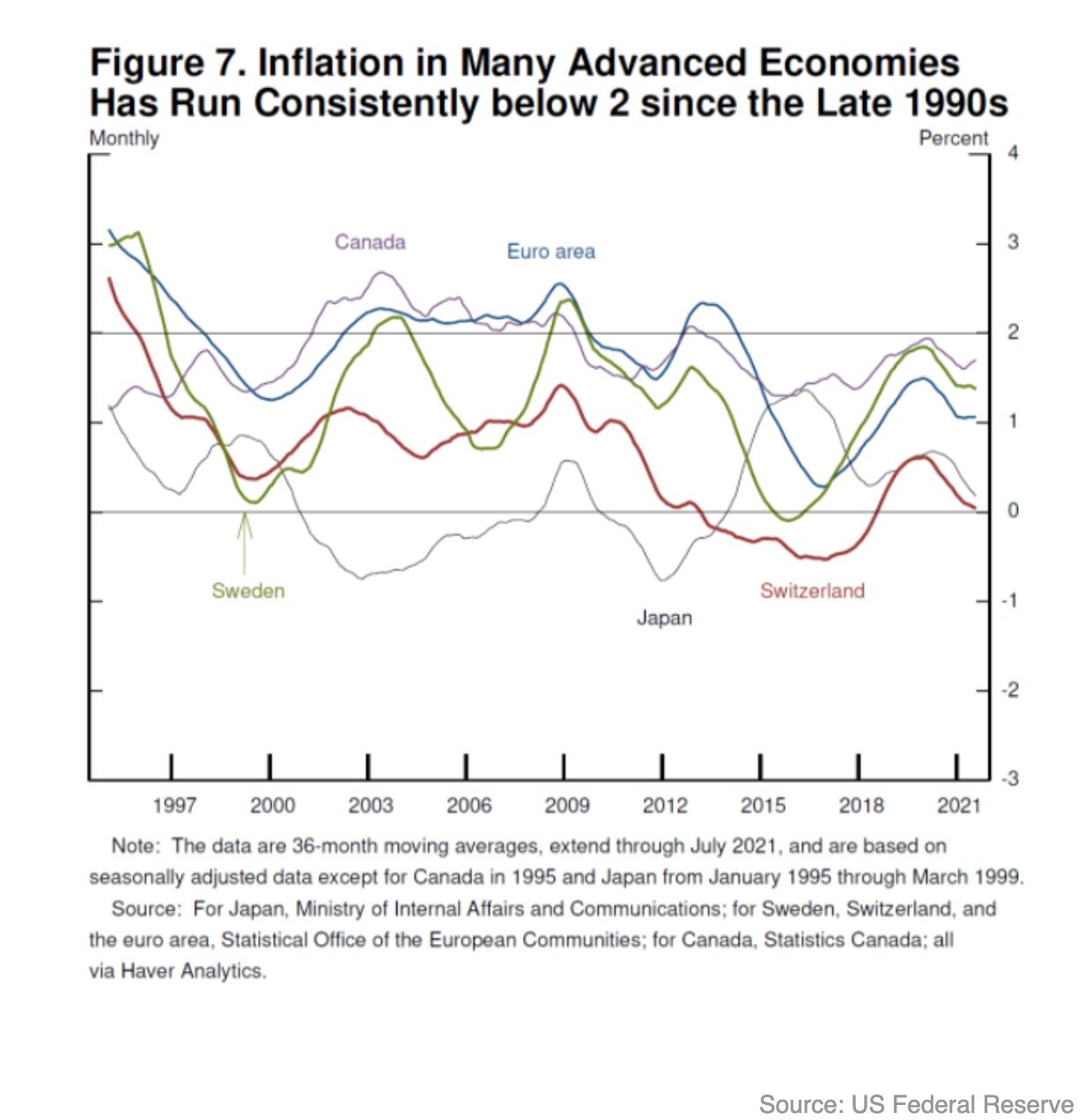Fed Chair Jay Powell’s real fear for the global economy is disinflation
At his most widely anticipated annual remarks, US Federal Reserve Bank chair Jay Powell talked about—you guessed it—inflation.


At his most widely anticipated annual remarks, US Federal Reserve Bank chair Jay Powell talked about—you guessed it—inflation.
The rise in prices as the US pulls itself out of the pandemic recession has exceeded the Fed’s forecasts, and led critics to call on the bank to cut back its efforts to boost the economy. Today, Powell made news by acknowledging the central bank could begin slowing purchases of financial assets later this year if employment continues to rise.
But the lawyer-turned-central banker reiterated that he sees inflation as limited to sectors affected by the pandemic. He also noted that wages are not increasing fast enough to generate inflation worries, and that long-term expectations for prices remain anchored. He got a boost from today’s release of US personal consumption expenditure data, which showed that rate of price increases slowed from June to July.
But his most notable comment about the rising rate of inflation was focused on its opposite trend: That disinflation—slowing price increases—is the real long-term threat to the global economy.
“Since the 1990s, inflation in many advanced economies has run somewhat below two percent even in good times,” Powell explained. “The pattern of low inflation likely reflects sustained disinflationary forces, including technology, globalization, and perhaps demographic factors, as well as a stronger and more successful commitment by central banks to maintain price stability. While the underlying global disinflationary factors are likely to evolve over time, there is little reason to think that they have suddenly reversed or abated. It seems more likely that they will continue to weigh on inflation as the pandemic passes into history.”

The deflationary pressure facing the global economy
Powell is pointing out something fundamental: Despite our current situation, the structure of the world economy lends itself towards falling prices. Globalization and technology innovation lead to improved productivity. Aging populations in advanced economies create political pressure to support the value of assets like homes and financial securities, which leads to policies that hold down wages. Countries like China and Germany hold down wages as part of an effort to boost their export-driven growth.
In practice, these trends have exacerbated economic inequality, and also led to falling private investment as businesses fail to see sufficient demand from consumers, who often turn to debt to make up for a lack of wage growth.
The US saw a chance to reverse this trend before the pandemic, as high employment led to gains in wages for workers and more investment by private businesses. That was part of the logic behind last year’s decision by the Fed under Powell to lay out a new framework for managing monetary policy that aimed to tolerate higher inflation and reach maximum employment. While the pandemic price increases are testing this approach, Powell is clearly more worried about the long-term trend.
Of course, not everyone agrees that deflation is the future. Powell noted one counter-argument from the economists Charles Goodhart and Manoj Pradhan, who argue that aging populations in particular are about to reverse this trend. They expect workers to regain their bargaining power as working adults become more scarce and globalization recedes, leading to increasing inflation. But if they are right about this dynamic, Powell argues, it will play out over decades.